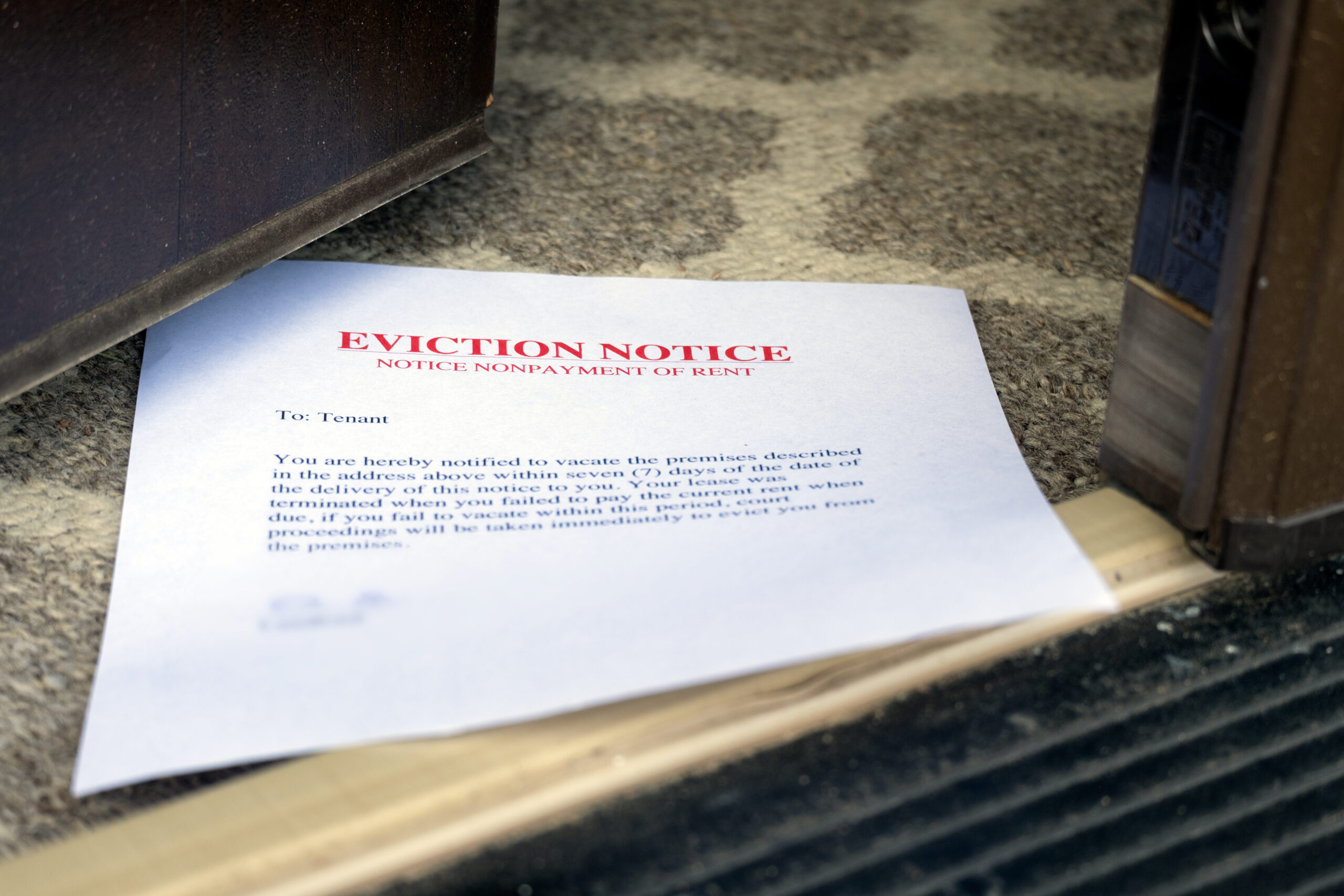When a commercial tenant stops paying rent, it can place significant financial strain on landlords. Knowing the correct legal steps to take is essential, both to recover your property quickly and to avoid costly legal pitfalls. At Lisa’s Law, we help landlords navigate the complex process of commercial lease eviction with precision, efficiency, and full legal compliance.

Understanding Your Right to Evict a Commercial Tenant
Most commercial leases contain a forfeiture clause, giving landlords the right to terminate the lease if rent remains unpaid after a certain period (often 14 or 21 days). This is the foundation for taking action, but before proceeding, it’s crucial to confirm that the right to forfeit has arisen and that you comply with all legal requirements.
Step 1: Reviewing the Lease and Rent Arrears
The first step is to review your lease terms to determine:
- Whether a forfeiture clause exists;
- How much rent is overdue; and
- Whether any previous agreements or notices affect your position.
This assessment ensures the eviction process begins on firm legal ground.
Step 2: Choosing the Right Eviction Method
There are two main ways to regain possession of commercial premises when a tenant fails to pay rent:
a) Peaceable Re-Entry
If the property is unoccupied, landlords may take back possession by peaceable re-entry- typically by changing the locks. This must be done carefully and lawfully to avoid breaching the peace or exposing the landlord to claims of unlawful eviction. We always recommend using certified enforcement agents and legal oversight for this approach.
b) Court Possession Proceedings
If the premises are occupied, or if you prefer a more secure legal route, you can apply to the court for a possession order. This involves serving a forfeiture notice (if required under Section 146 of the Law of Property Act 1925) and then issuing proceedings if the rent remains unpaid. Once the court grants possession, enforcement officers can lawfully remove the tenant.
Step 3: Relief from Forfeiture
Tenants can sometimes apply to the court for relief from forfeiture — essentially asking for the lease to be reinstated if they pay the arrears and associated costs. We help landlords respond effectively to such applications, ensuring your rights are protected.
Step 4: Alternative Options
Eviction isn’t the only remedy. Depending on your objectives, we can advise on alternatives such as:
- Commercial Rent Arrears Recovery (CRAR): Recovering unpaid rent by seizing the tenant’s goods.
- Debt recovery proceedings: Taking court action to recover the money owed while allowing the tenant to remain.
- Negotiated settlements or lease surrender: Achieving a practical and cost-effective resolution without litigation.
Evicting a commercial tenant is not simply about changing locks or sending a notice. Missteps can lead to claims of unlawful forfeiture or damages. With our expert team, you gain peace of mind knowing every step, from notice to possession, complies with the law.
Have questions? Get in touch today!
Call our office on 020 7928 0276, we will be taking calls from 9:30am to 6:00pm.
Email us on info@lisaslaw.co.uk.
Or, use the contact form on our website. Simply enter your details and leave a message, we will get right back to you: https://lisaslaw.co.uk/contact/
For more updates, follow us on our social media platforms! You can find them all on our Linktree right here.





